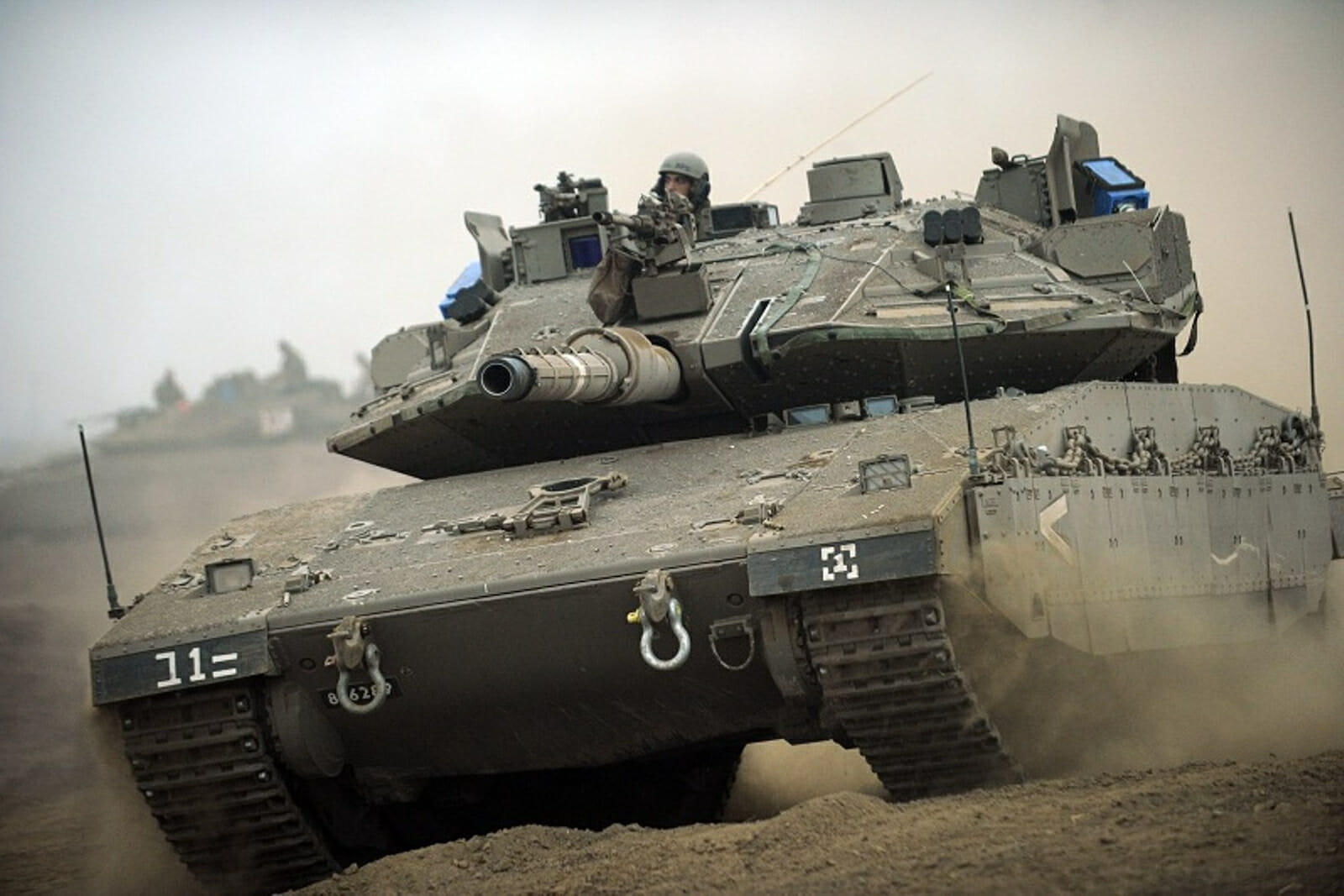
Operation Pillar of Defence: Death via Social Media
Social media has become a fixation for those dying the slow lonely life in suburbia to residents of frenetic inner metropolises. It galvanises political movements and enables groups to challenge mummified structures of power. But what is often forgotten is that it can just as well be used by those in power against those out of it.
Nothing has illustrated this better than the Israeli use of social media even as the IDF pummels positions on the Gaza Strip in Operation Pillar of Defence. Peter Kafka of All Things Digital sums up the effect of this strategy. “The idea is familiar to anyone who had a message to push in 2012: Instead of relying on middlemen like the press to convey your story, you can go over their heads, and right to your target audience.”
Soon after the assassination of Hamas’ top military commander in Gaza, Ahmed a-Jabari, the IDF’s media arm announced a “widespread campaign on terror sites & operatives in the (hash) Gaza Strip” on its Twitter account. A black-and-white video was posted on its official YouTube page showing the fatal airstrike, prompting Google to remove the video for violating YouTube’s Terms of Service. (Google being the owner of YouTube.) YouTube offers a tip on the subject of community guidelines: “Don’t post videos showing bad stuff like animal abuse, drug abuse, under-age drinking and smoking, or bomb making. Graphics or gratuitous violence is not allowed.”
The decision was short-lived, and the video was restored. Evidently, assassination is not graphic or gratuitous enough to offend the guidelines of those working at the company.
A company spokeswoman explained via email the reason behind the revision: “With the massive volume of videos on our site, sometimes we make the wrong call. When it’s brought to our attention that a video has been removed mistakenly, we act quickly to reinstate it.” It was a stunning confession – YouTube has become the tool of warring machines, a free tool of dissemination.
The role of public relations in the military has become something of a modern institution. Social media has added the potent icing. The IDF is portraying itself as a sexy killing machine (note the pictures of its soldiers being spread through Twitter), one that does its job well and with chic professionalism. Self-defence is the order of the day, even if their opponents can’t quite match them in the arsenal stakes.
Inflicting death can be fashionable – though this is a problematic case to make against the residents in Gaza. The point to be made here is that the IDF has become savvy, attempting to catch up and ultimately employ the slick machine of PR. The Second Lebanon War, Operation Cast Lead and the Turkish flotilla incident in May 2010 left Israel’s military experts puzzled. What had they done wrong in the court of world opinion?
For one thing, they had made the false assumption that information could be tightly controlled, released with tactical acumen and impact. The sympathy, however, was with the other side. Military supremacy was hopeless before the guile of the public relations war. Fashioning believable narratives, always a nightmare in the Middle East conflict situation, would be nigh impossible.
Enter then, the efforts of such individuals as Jess Nowlin, architect of a social media team inside the Ministry of Public Diplomacy and Diaspora Affairs. There, he operates a “situation room” stacked with volunteers who tweet and use Facebook in an assortment of languages. They distribute graphics such as the “What Would You Do?” image, a colorful picture of rockets raining down on the Sydney Opera House, Big Ben, the Eiffel Tower and the Statue of Liberty. “Share this if you think Israel has the right to self-defence.”
One of the greatest critics of this push is Michael Koplow, who warned in Foreign Policy that, “Crowing about killing anyone or glorifying Israeli operations in Gaza is a bad public relations strategy insofar as it feeds directly into the fear of Israel run amok with no regard for the collateral damage being caused.” Therein lies the problem – Israel is creating a beast it can scant control. The court of world opinion won’t be won on Tweets and Facebook posts – it will be won in concessions and agreements.
Hamas is not to be outdone. Through its Al Qassam Brigades English account, it tweeted that, “Our blessed hands will reach your leaders and soldiers wherever they are (You Opened the Hell Gates on Yourselves.)” The game of belligerence works both ways, and Hamas dissimulates with remorseless indifference. Old images are recycled through networks with claims that Israeli forces killed the victims. Children are the playthings of the warring establishment, and dead children are invaluable.
The PR teams on both sides of the conflict will be counting their gains and losses as the campaign continues. But neither will win this conflict. Especially if the only thing that will result is a return to the status quo by means of a precarious ceasefire, leaving us with a strangled Gaza strip, and Israeli citizens in permanent fear of being rained down upon with rockets from across the border.

